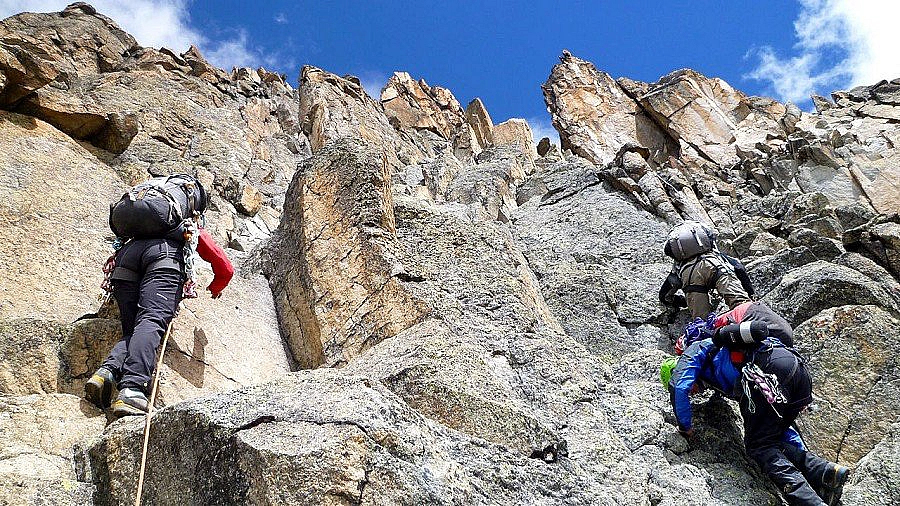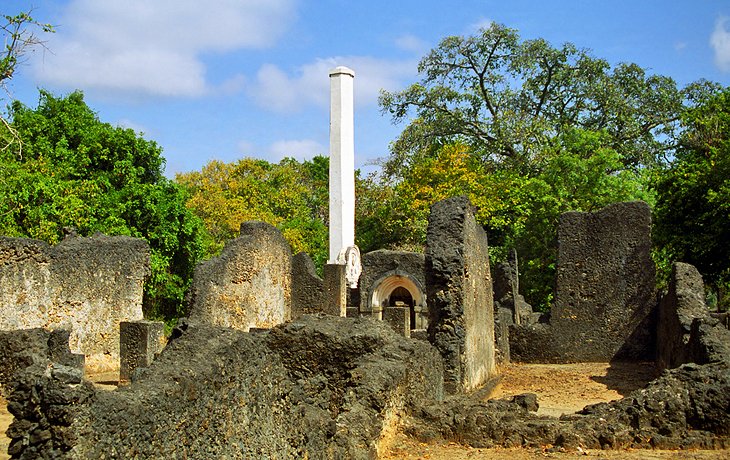- GET IN TOUCH WITH US:
- +256 753518160
- +256 777842166
- info@experiyatourcompany.com

Are domestic flights reliable in Uganda?
November 6, 2025
Is Uganda safe for solo travelers?
November 6, 2025Can I self-drive through Uganda’s national parks?

Can I self-drive through Uganda’s national parks?
Uganda, the “Pearl of Africa,” is among the most naturally endowed countries on the continent-a land of astounding diversity, from open savannahs teeming with wildlife to lush rainforests echoing with the calls of primates. To the independent, adventurous traveler who loves the thrill of discovery, self-driving through Uganda’s national parks is an idea that is naturally very attractive. The thought of taking charge of your own route through landscapes filled with elephants, lions, hippos, and gorillas sounds like the ultimate African road trip. But how realistic is this? Is it safe, much less legal, for visitors to self-drive through Uganda’s national parks?
The short answer is yes, you can absolutely self-drive through many of Uganda’s national parks, but it requires good preparation, reliable equipment, and knowledge about local regulations and road conditions. In Uganda, national parks are managed by the Uganda Wildlife Authority, UWA, which allows access for self-drive under specific guidelines. With the right planning, a self-drive safari through Uganda will indeed be an incredible and freeing experience, offering moments of solitude that can barely be replicated by guided tours.
The Appeal of Self-Driving in Uganda
Self-driving offers a rare sense of freedom. You travel at your own pace, stop where and when you want, and linger at viewpoints or around herds of elephants crossing the plains as long as you like. Photographers appreciate the flexibility to wait for the right light or angle. For couples traveling together, or families, it elevates the journey to a shared adventure-from planning the route to finding hidden backroads leading to surprising discoveries.
The major roads connecting Uganda’s national parks are usually accessible year-round, and, being a relatively smaller country compared to other safari giants like Tanzania or Kenya, one can cover several regions within a single trip. Add to that the country’s reputation for warm hospitality, and it’s easy to see why more travelers opt to explore Uganda behind the wheel.
Where You Can Self-Drive in Uganda
Although not all of Uganda’s national parks are equally suitable for self-drive, several have excellent road access and established internal routes for visitors traveling independently.
1. Queen Elizabeth National Park
Queen Elizabeth National Park is one of the most accessible and popular Ugandan national parks in which to enjoy a self-drive safari. Situated in the west, it’s around six hours from Kampala via Mbarara or Fort Portal. Game tracks are well-marked within the park, which boasts various sceneries, from open savannahs in Kasenyi to crater lakes such as Katwe and the Ishasha sector with tree-climbing lions.
The roads inside the park are in good condition, especially during the dry seasons, though a 4×4 vehicle is always recommended. Fuel and basic services can be found in the nearby towns like Kasese or Katunguru.
2. Murchison Falls National Park
Murchison Falls is Uganda’s largest and oldest national park, famous for its roaring waterfall where the Nile squeezes through a narrow gorge before plunging 43 meters below. The park has a comprehensive road network that’s suitable for self-drive safaris, more so in the northern savannah section. You will have opportunities to spot elephants, giraffes, lions, and buffalo, particularly on the Buligi and Queen’s tracks.
A ferry links the southern and northern banks of the Nile, and crossing times are well-scheduled. The park is about five hours from Kampala via Masindi, with well-maintained roads leading to the park.
3. Lake Mburo National Park
Lake Mburo is a good starting point for first-time self-drivers. Only about 4 hours from Kampala, it is the smallest of Uganda’s savannah parks but incredibly scenic. Its compact size makes navigation easy, and wildlife such as zebras, impalas, topis, and hippos can be seen almost immediately upon entry.
The park has a good mix of dirt and gravel roads that are accessible both in dry and wet seasons, and there are several lodges and campsites conveniently located inside and near the park.
4. Kidepo Valley National Park
For those truly bold and adventurous travelers, Kidepo Valley in Uganda’s far northeast is the ultimate self-drive destination. Its isolation adds to its allure, with vast open landscapes surrounded by rugged hills and dramatic skies. The journey from Kampala may take up to 10 to 12 hours, hence best divided into two days.
Inside the park, self-driving offers a pure wilderness experience with few other vehicles in sight. Wildlife here is abundant and includes cheetahs, ostriches, giraffes, elephants, and lions. A strong 4×4 and extra fuel are essential for this route, as services are limited in this remote region.
5. Kibale Forest National Park and Bwindi Impenetrable Forest
While self-driving to these rainforest parks is possible, note that gorilla and chimpanzee trekking is strictly guided. You are allowed to drive yourself to the park entrance, but once you get into the park, the trekking is led by the UWA rangers. Most of the roads leading to Bwindi are pretty rough and require some caution when driving, especially during rainy seasons, especially around Kisoro or Kihihi.

What You’ll Need for a Self-Drive Safari in Uganda
Self-driving through Uganda’s national parks is an adventure, but it is not like driving on North American or European highways. To make your trip both safe and enjoyable, you need proper preparation with the right vehicle.
1. A reliable 4×4 vehicle
Safari traveling in Uganda requires a four-wheel-drive vehicle without compromise. This will see you through the bad roads, muddy tracks, and steep inclines. Options range from Toyota Land Cruisers and Hilux double cabs to lighter traveling in RAV4s. A number of rental companies in Uganda offer vehicles kitted out for safaris, including rooftop tents, fridges, GPS units, and other camping equipment.
2. Valid Driving Documentation
You will need a valid international driving permit in addition to your national driver’s license. Also, ensure your insurance covers self-driving in Uganda and includes coverage for wildlife areas.
3. Park Entry and Vehicle Fees
An entrance fee for all kinds of visitors is paid, and vehicles are paid for separately. Payments are made at park gates or online through the Uganda Wildlife Authority portal. Fees vary according to nationality and the type of vehicle.
4. Navigation Tools
While Google Maps works in most places, it’s a good idea to download offline maps, and to use apps such as Maps.me. Park offices also provide paper maps indicating game tracks and lookout points. Many lodges also offer route guidance before you head out each morning.
5. Fuel and Supplies
Most national parks have limited fuel stations, so fill up before entering. Bring extra fuel in jerry cans, especially if you are visiting the most remote areas of Kidepo or Ishasha. Bring water, snacks, and basic tools for your car.
Safety and Etiquette for Self-Drive Travelers
Self-driving in Uganda’s national parks is safe, provided one follows park regulations and basic common sense. Rangers are always available at the park entrances for orientation, and most areas have radio contact or phone signal.
Stick to marked tracks: Off-track driving is not allowed, as it destroys vegetation and scares away the animals.
Keep a safe distance from animals: Never approach elephants, buffaloes, or lions too closely, and keep your engine running if animals are nearby.
Drive slowly: Inside most parks, the speed limit is 40 km/h. This not only protects wildlife but also gives you better chances of observing animals.
Do not drive in the dark: Most park gates close around 7:00 p.m., and driving in the dark is dangerous because of animal crossings and poor visibility.
Respect local communities: Park boundaries sometimes pass through villages; drive slowly and greet people courteously.
Be prepared for emergencies: Bring along a functional phone, extra tires, and tool kits. If your car develops a mechanical problem, call either the park rangers or your rental company.
When is the best time to self-drive?
Good dry seasons in Uganda constitute the periods of June to September and December to February, which are preferred for self-driving safaris. During this time, roads are more accessible, it’s easier to spot wildlife around waterholes, and visibility is excellent.
Some dirt roads get slippery or become impassable in the rainy seasons (March–May and October–November), especially in mountainous regions such as Bwindi or Mgahinga. However, the scenery during these months is incredibly lush, and crowds are fewer.
The Joys of the Open Road
Driving through Uganda’s parks at your own pace allows for an intimacy often not captured with guided safaris. Visualize yourself stopping along the banks of the Nile to watch hippos bask in golden morning light or parking under a fig tree while giraffes move effortlessly across the horizon. You’ll feel the heartbeat of the country in every mile, from the laughter of children waving in roadside villages to the songs of birds across the forests.
This is also one of the few African countries where combining adventure with authenticity feels effortless. You can drive from the savannahs of Queen Elizabeth to the mountain gorillas of Bwindi and on to the crater lakes of Fort Portal, all within a week. Uganda rewards those who travel with curiosity and courage.
Should You Self-Drive or Hire a Driver-Guide?
For many travelers, the best of both worlds is combining the independence of self-driving with the expertise of a local guide. Hiring a driver-guide familiar with the parks can add to safety, simplify navigation, and deepen your appreciation for the wildlife and culture around you. Sometimes the difference in price is relatively small compared to the value of their knowledge and the peace of mind they provide. If it’s your first time in Uganda, starting your safari with a guided portion before continuing independently is a great way to build confidence on local roads.
Final Thoughts
Yes, you can absolutely self-drive through Uganda’s national parks, and for many adventurous travelers, it’s one of the most rewarding ways to experience the country. The key is preparation: choose a reliable 4×4, understand the rules, and respect the wilderness. With its welcoming people, manageable distances, and thriving wildlife, Uganda is one of the few African countries where a self-drive safari can still feel wild and personal, yet perfectly achievable.
For those who want seamless organization, safe vehicle arrangements, and expert planning, it is best to work with a trusted local operator. Experiya Tour Company is one of the most respected Uganda travel specialists that offers reliable 4×4 rentals, self-drive packages, and guided safaris. With their deep knowledge of routes within the park, permits, and lodges, they will make sure that your self-drive journey across Uganda is safe, enjoyable, and well remembered from start to finish.



